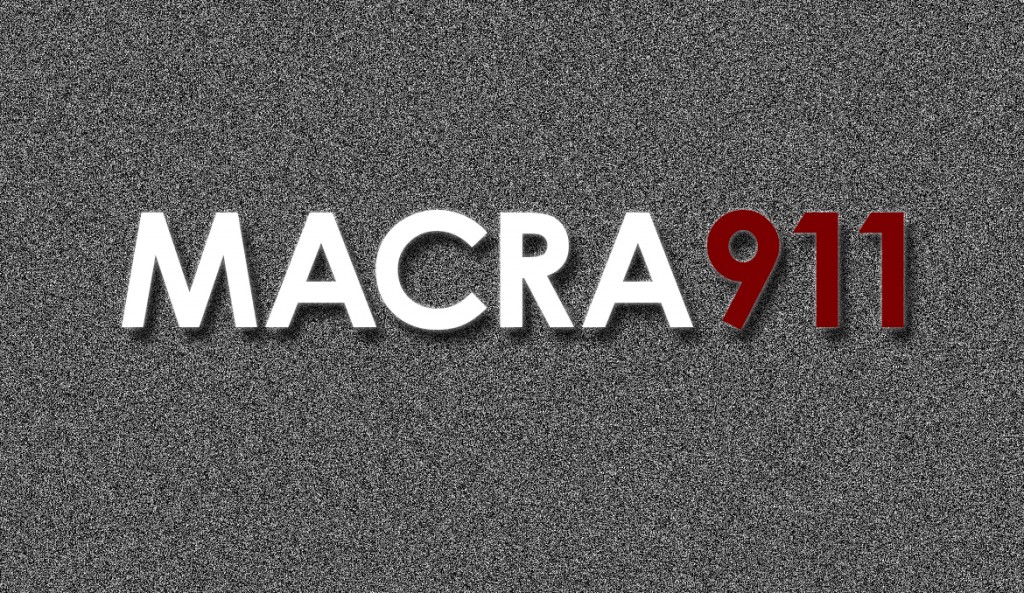Tag: MACRA
-

Understanding MACRA: New MACRA Lectures Announced
The Medical Association of the State of Alabama and Warren Averett CPAs and Advisors in conjunction with the several county medical societies will be hosting an in-depth education session on MACRA. CMS has outlined phases for MACRA’s payment models to go into effect, and the first proposed performance reporting period began Jan. 1. This is…
-
Opinion: All Americans Need Access to Affordable, Quality Care
Editorial contributed by John Meigs Jr., M.D., president of the American Academy of Family Physicians, member of the Medical Association Board of Censors, and a family physician in Centreville, Ala. Editorial reprinted by permission. Since Election Day, health care analysts have tried to forecast the fate of our health care system. Much remains uncertain, but…
-

ABCs of MACRA
MACRA may sound like a word jumble with terms like MIPS, APM, QPP, ACI, CPS, VBP, and so on. Unfortunately, a majority of physicians are unaware of how this new payment system will affect their practices, so making sense of these acronyms is just the beginning. MACRA did more than replace the Sustainable Growth Rate…
-

-

MACRA Education from the AMA
The American Medical Association is offering several educational opportunities to help physicians understand the requirements of the new Quality Payment Program (QPP) that was created by the Medicare Access and CHIP Reauthorization Act (MACRA). The sessions have been scheduled to give physicians an understanding of what the final rule means for their practice and what…
-

What You Said About MACRA…
Just a few weeks ago, the Department of Health & Human Services dropped the finalized Medicare Access and CHIP Reauthorization Act of 2015 (MACRA) rule – a landmark new payment system moving health care to a merit-based payment system. The rule, weighing in at almost 2,400 pages, has garnered more than 4,000 public comments since…
-

CMS Releases MACRA Final Rule
*Editor’s Note: The Medical Association will be studying the just-released MACRA rule and will be providing additional info as it becomes available. The Association and MGMA will co-host a free webinar, “MACRA: Essential Strategies in Economic Reform” on Nov. 7 from 12 p.m. to 1:30 p.m. Click here for more information. On Oct. 14, the…
-

MACRA 911: Will MACRA Make Interoperability Better?
In September, CMS Acting Administrator Andy Slavitt in a bold and surprising move announced that physicians will have more options to comply and avoid a negative payment adjustment in 2019. Just a few months ago CMS was considering delaying the implementation of the Medicare Access and CHIP Reauthorization Act, which is set to start Jan.…
-
MACRA 911: Getting Started
On April 16, 2015, President Obama signed into law the Medicare Access and CHIP Reauthorization Act of 2015 (MACRA), significantly changing the health care financing system for the first time since 1965. The details of these sweeping changes are still being worked out, but all physicians should make plans for the new payment system. MACRA…
-
MACRA 911: MIPS vs. APM
While the ink is barely dry on the 962 pages of proposed regulations issued in April by CMS, the ripples of the Medicare Access and CHIP Reauthorization Act (MACRA) is already being felt throughout the health care industry. Keeping in mind this is still a proposed rule with comments to CMS due at the end…